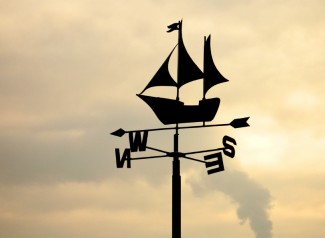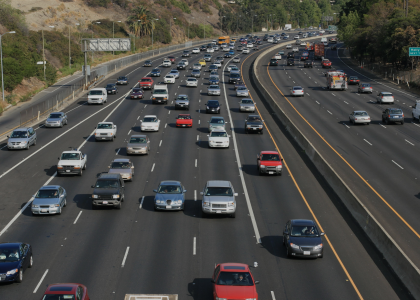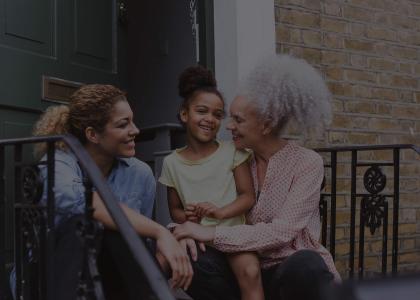As inhabitants of the Information Age, we have the power to do whatever we put our minds to. Want to learn to tie a tie? There are tutorials on YouTube. Thinking of baking macaroons? Look it up on Pinterest. Want to learn a new language? There's an app for that. No matter what task you are tackling, there is likely an online guide to help you "do it yourself." While we might not be able to help you assemble IKEA furniture or truss a chicken, ACEEE can help you develop a strategy for complying with the Clean Power Plan while avoiding energy waste.
ACEEE’s new white paper series is our "how-to" guide for states as they embark upon the path to meeting their Clean Power Plan emission reduction targets. Even with the recent Supreme Court stay, we think there are plenty of reasons to continue to plan for the future.
Energy efficiency has long been recognized as a tool for creating jobs and keeping electricity affordable, and it is increasingly being seen as a strategy for reducing pollution. Through the Clean Power Plan, EPA requires states to reduce their carbon pollution and encourages them to use energy efficiency to do so.
In the first paper of the series, we highlight the steps states can take to use energy efficiency as a key compliance pathway. We describe the WHO (important stakeholder groups), the WHAT (factors to consider in evaluating EE options), and the WHY (critical decisions and their implications for EE). The good news is that states need not start from scratch and can build on existing energy efficiency programs as part of their compliance plans. We explain how to gather all the right tools needed to develop a lowest-cost compliance plan.
In the subsequent papers in this series we describe the ingredients needed to whip up particular plan components starting with "Lead By Example" (LBE) initiatives. When it comes to saving energy and reducing emissions, state and local governments can do it themselves through energy savings targets for public buildings or energy savings performance contracts. This guide highlights tried-and-true best practices in designing, implementing, and expanding LBE programs—with specific examples sprinkled throughout.
While the steps for saving energy and reducing pollution are different from culinary "how-to's," our twenty-first century do-it-yourself attitude is transferable. Use energy efficiency in any Clean Power Plan compliance scenario? You can do that. Reliably track energy savings from energy efficiency programs? You already do that. In forthcoming best practice pieces, ACEEE will explore other energy efficiency opportunities, including those in low-income communities.



